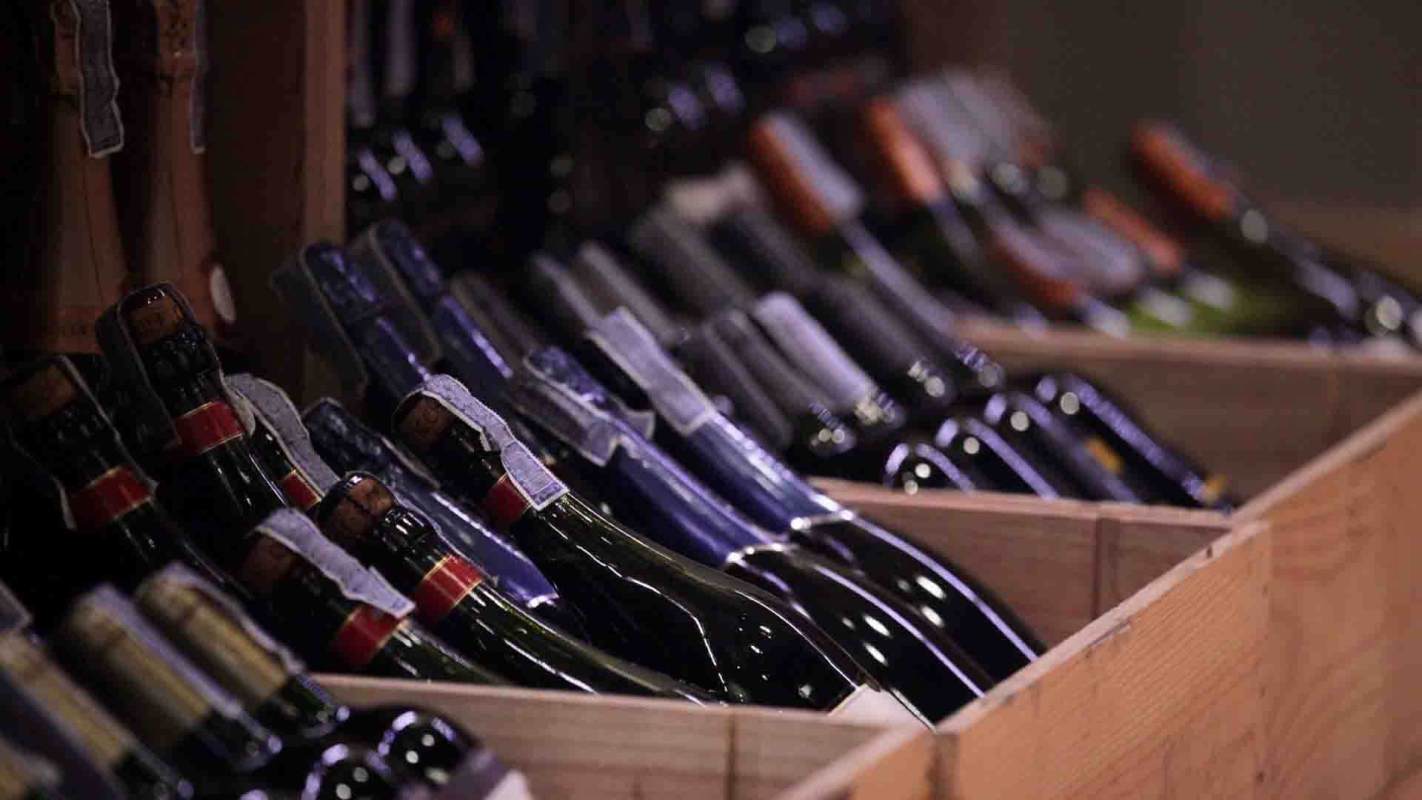Because of rising temperatures around the globe, wineries are turning to drought-resistant grape varieties for future wines.
Each species of grape has a distinctive flavor with a unique proportion of tannins, acids, sugars, and other compounds; so each one makes a slightly different wine, as Left Bank Wine explains on its website.
Traditionally, vineyards have tended toward a few popular wines when choosing what grape varieties to plant. However, grapes need the right growing conditions to thrive and to make good wine.
This is why winemaking has historically been a specialty in certain sunny regions where the vines grow easily. Different varieties flourish in different conditions; for example, ones that take longer to mature need to be grown in an area with a longer summer, and they may fail in colder years.
With average temperatures rising, some old favorite wines may be more difficult to produce in the future, reports Elin McCoy of Bloomberg. So instead, winemakers are reviving some old varieties that have been less popular — but that may grow better in the hotter, drier conditions ahead.
"Take counoise," McCoy writes. "Growers abandoned it because the grapes only mature late in a growing season, so in cooler years they didn't fully ripen. … But as temperatures climb, counoise is making a comeback. Its late-ripening characteristic is now a plus."
Andy Smith of DuMOL winery had similar reasons for planting mencía. "It's a tough, late-ripening variety, drought-resistant," he told McCoy. "The perfect grape for climate change."
As growing conditions continue to change, wineries will likely produce a variety of less familiar wines. However, some wines that are popular now may become harder to find in the future.
McCoy ends her article with a list of wines to try. "Dozens of rare grapes are having a moment," she writes.
And depending on the weather, some may be here to stay.
Want more? Follow The Cool Down on Instagram and join our Weekly Newsletter for cool stories and easy tips that save you money, time, and our planet.







